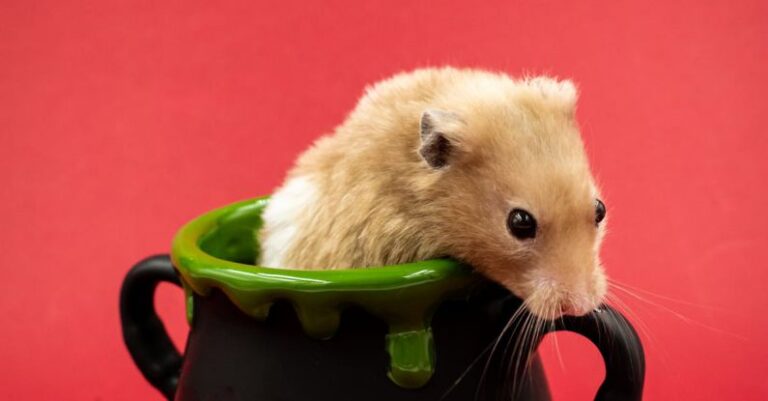
Hamsters are delightful and social creatures that thrive in environments that cater to their natural behaviors and instincts. Creating a social environment for your hamster is essential to ensure their overall well-being and happiness. By understanding their needs and providing them with the right conditions, you can help your furry friend lead a fulfilling life. Here are some tips on how to create a social environment for hamsters.
Understanding Hamster Behavior
Before delving into creating a social environment for your hamster, it is crucial to understand their behavior. Hamsters are social animals that enjoy interacting with their human caregivers and other hamsters. They are curious by nature and require mental stimulation to prevent boredom and encourage healthy habits. Providing your hamster with a social environment will not only keep them physically active but also mentally engaged.
Choosing the Right Cage
The first step in creating a social environment for your hamster is providing them with a suitable cage. Opt for a spacious cage that allows your hamster to move around freely and engage in natural behaviors like burrowing and climbing. Ensure that the cage has plenty of hiding spots and tunnels for your hamster to explore. Additionally, consider adding platforms and toys to keep your hamster entertained and active.
Creating a Comfortable Nesting Area
Hamsters are nocturnal creatures that spend a significant amount of time sleeping during the day. Providing them with a comfortable nesting area is essential for their well-being. Choose bedding material that is safe for hamsters, such as paper-based bedding or aspen shavings. Ensure that the nesting area is cozy and warm, as hamsters prefer a snug environment for sleeping.
Encouraging Social Interaction
To create a social environment for your hamster, it is essential to encourage social interaction with both humans and other hamsters. Spend time interacting with your hamster daily by talking to them, offering treats, and gently handling them. This will help build trust and strengthen the bond between you and your furry friend.
If you have more than one hamster, consider providing them with a larger cage to accommodate their social nature. However, it is crucial to introduce new hamsters gradually to prevent aggression and ensure they get along well. Supervise their interactions initially and provide separate feeding and watering areas to prevent conflicts.
Stimulating Activities
Hamsters are active animals that require mental stimulation to thrive. Provide your hamster with a variety of toys and activities to keep them entertained and engaged. Consider adding a hamster wheel for exercise, tunnels for exploration, and chew toys to help keep their teeth healthy. Rotating their toys regularly will prevent boredom and encourage curiosity.
Creating a Routine
Establishing a routine is essential for creating a social environment for your hamster. Hamsters thrive on consistency and will feel more secure when they know what to expect. Feed your hamster at the same time each day, clean their cage regularly, and provide fresh water daily. Additionally, ensure that your hamster gets enough sleep during the day by placing their cage in a quiet and dark area.
Monitoring Your Hamster’s Health
Creating a social environment for your hamster also involves monitoring their health and well-being. Keep an eye on your hamster’s eating habits, water intake, and overall behavior. If you notice any changes in their behavior or appearance, consult a veterinarian to address any potential health issues promptly.
In conclusion,
Creating a social environment for your hamster is essential for their overall well-being and happiness. By understanding their behavior, providing a suitable cage, encouraging social interaction, offering stimulating activities, establishing a routine, and monitoring their health, you can ensure that your hamster leads a fulfilling life. Remember that each hamster is unique, so pay attention to their individual preferences and adjust their environment accordingly. Your efforts in creating a social environment will be rewarded with a happy and healthy hamster companion.





